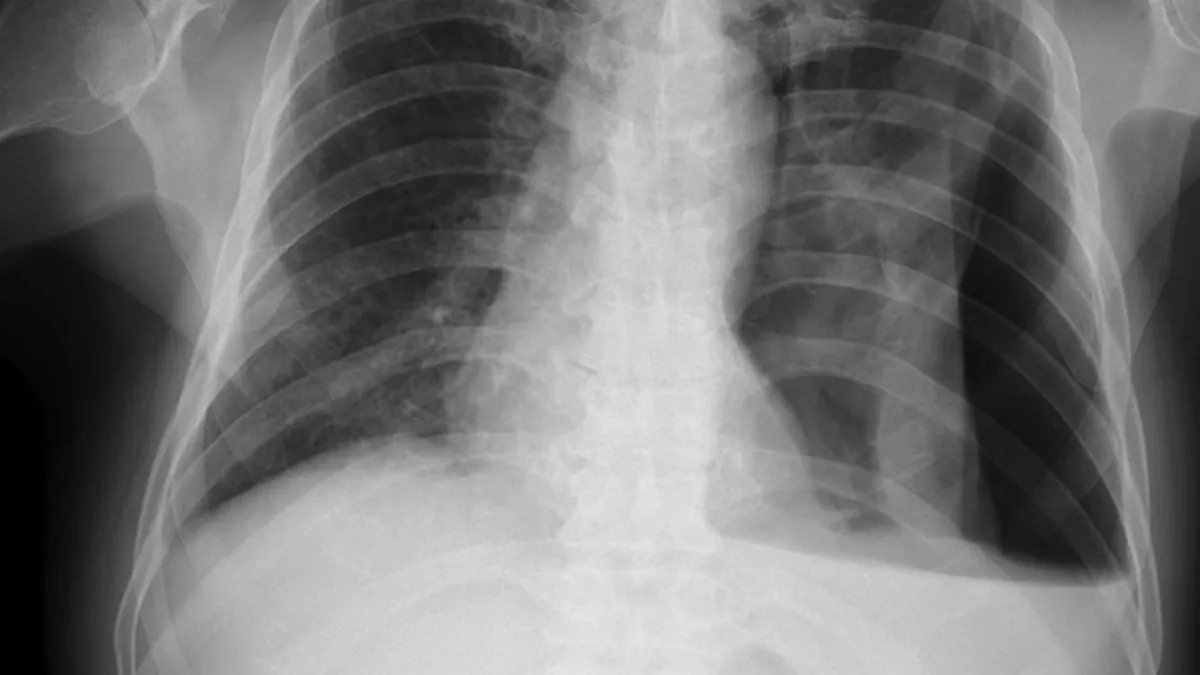Dive Brief:
- GE Healthcare has partnered with MediView XR to create technology that provides a heads-up, augmented reality display of interventional x-ray imaging systems.
- The product, OmnifyXR, combines Microsoft’s HoloLens technology with MediView’s expertise in clinical augmented reality and GE Healthcare’s interventional imaging technologies.
- GE Healthcare and MediView are pitching the product, which they will co-market, as a response to physician demand for streamlined workflows and improved ergonomics.
Dive Insight:
MediView is building a business around augmented reality technology that integrates with Microsoft’s HoloLens 2 head-mounted display and the GE Vivid iq ultrasound system. The existing products, such as MediScout, enable physicians to view images through the headset while scanning with the ultrasound or guiding a needle, potentially empowering them to stay focused on patients during procedures.
Now, MediView has created OmnifyXR with GE Healthcare. The product integrates multiple holographic displays of live imaging “to help improve ergonomics regardless of working position,” plus 3D volume “to help clinicians better assess complex anatomies and inform clinical decision making.” GE Healthcare and MediView have also designed the system to enable remote collaboration.
In a statement, Arnaud Marie, general manager for global interventional at GE Healthcare, said “augmented reality in imaging is key to improved visualization of anatomy and enhanced user experience.” Marie sees the augmented reality capabilities of OmnifyXR helping clinicians use image guidance technologies to their full potential.
The partners will initially target the U.S., where they expect to be able to market the system without needing 510(k) clearance. GE Healthcare and MediView plan to expand globally, exploring “opportunities for joint go-to-market efforts,” but the system “may not be marketed or placed into service in the EU until it has been made to comply with CE marking.”
MediView CEO Mina Fahim expects the launch to be “one of the largest deployments of augmented reality in healthcare to-date.”













